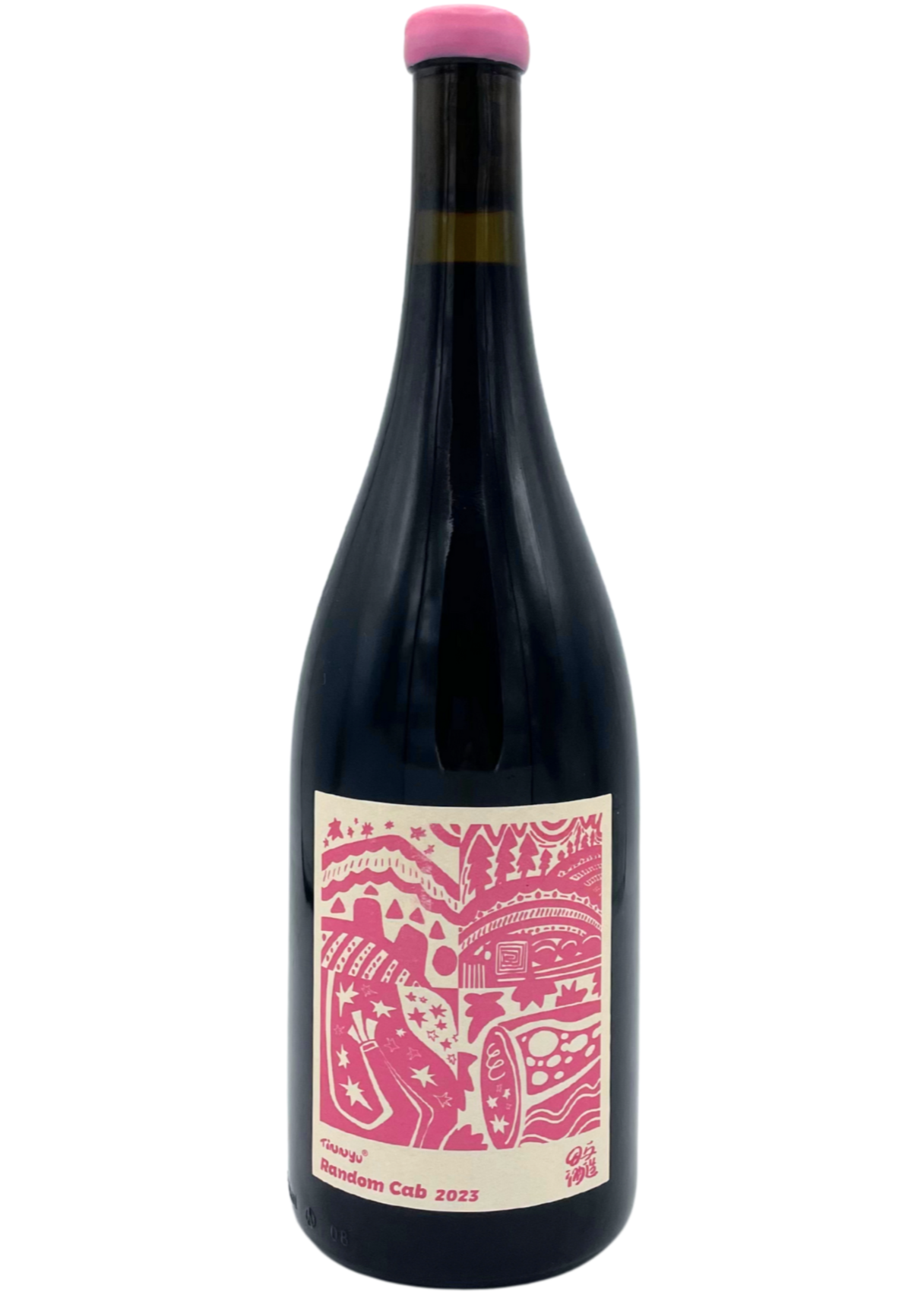Tinnyu Random Cab 2023
Tinnyu Random Cab 2023
Couldn't load pickup availability
This Cabernet Sauvignon is crafted in a delicate style, distinctly avoiding the traditional heavy body, high tannins, and high alcohol content typically associated with Cabernet Sauvignon. Instead, it focuses on expressing the juicy fruitiness of the grape. Sourced from vineyards at an altitude of 2,300 meters, the Cabernet Sauvignon grapes were manually destemmed and sorted before being crushed for low-temperature fermentation. Gentle skin pressing resulted in silky tannins that harmonize beautifully with the fresh red berry flavors. The post-fermentation phase also eschewed malolactic fermentation, utilizing the natural crisp acidity to convey our interpretation of a pure and light high-altitude Cabernet Sauvignon.
APPELLATION Shangri-La, China
VARIETY Cabernet Sauvignon
ABV 13,5%
STYLE Fresh&Juicy
WINEMAKER Tinnyu
ABOUT THE REGION
The Shangri-La wine region, situated at the intersection of Yunnan, Sichuan, and Tibet, is one of the highest-altitude wine-producing areas in the world. The vineyards are predominantly located along the valleys of the Lancang and Jinsha rivers, where the unique combination of high altitude, low latitude, and longitudinal diversity creates a diverse alpine valley microclimates. This region is surrounded by over 20 mountains exceeding 5,000 meters in elevation, including Meili Mountain and Baima Mountain, which effectively block the warm, moist monsoon winds from the Indian Ocean, resulting in a dry and favorable climate.
Share

Organic, Biodynamic and Natural wine. What’s the difference?
To understand this concept and its various ramifications, it is necessary to keep something clear in mind: before the 20th century and the spreading of affordable synthetic fertilisers, all farming was organic. When the shift to the use of synthetics and pesticides happened, it became necessary to diversify traditional organic farming from the new modern farming.
ORGANIC WINE
Simply put, organic farming forbids the use of synthetic fertilisers, synthetic pesticides, herbicides, or genetically modified organisms. The basic requirements are generally specific and engage the farmers not to use any chemical fertilisers and other synthetic products in the vineyard. It does not prevent the vintner from using the conventional winemaking process after harvesting.
BIODYNAMIC WINE
Let’s take organic farming one step further: Biodynamic. The creator of this agricultural system is the Austrian philosopher Rudolf Steiner, who developed the principles of biodynamics in a series of lectures given in 1924 in Germany. Here lies the foundation of true organic wines, with a strict limit in the use of additives, stringent requirements and at the end obtaining a biodynamic certification.
NATURAL WINE
The previous definitions are usually, and rightfully, associated with it, because most natural wine is also organic and/or biodynamic. But not vice versa!
Natural wine is wine in its purest form, simply described as nothing added, nothing taken away, just grapes fermented. No manipulation whatsoever, minimal intervention both in the vineyards and in the winery. Healthy grapes, natural yeast and natural fermentation, with no filtration nor fining. Sounds easy, right? However, making natural wine is unforgiving and it requires a bigger amount of work than conventional wine. To this day, natural wine has no certification yet.

